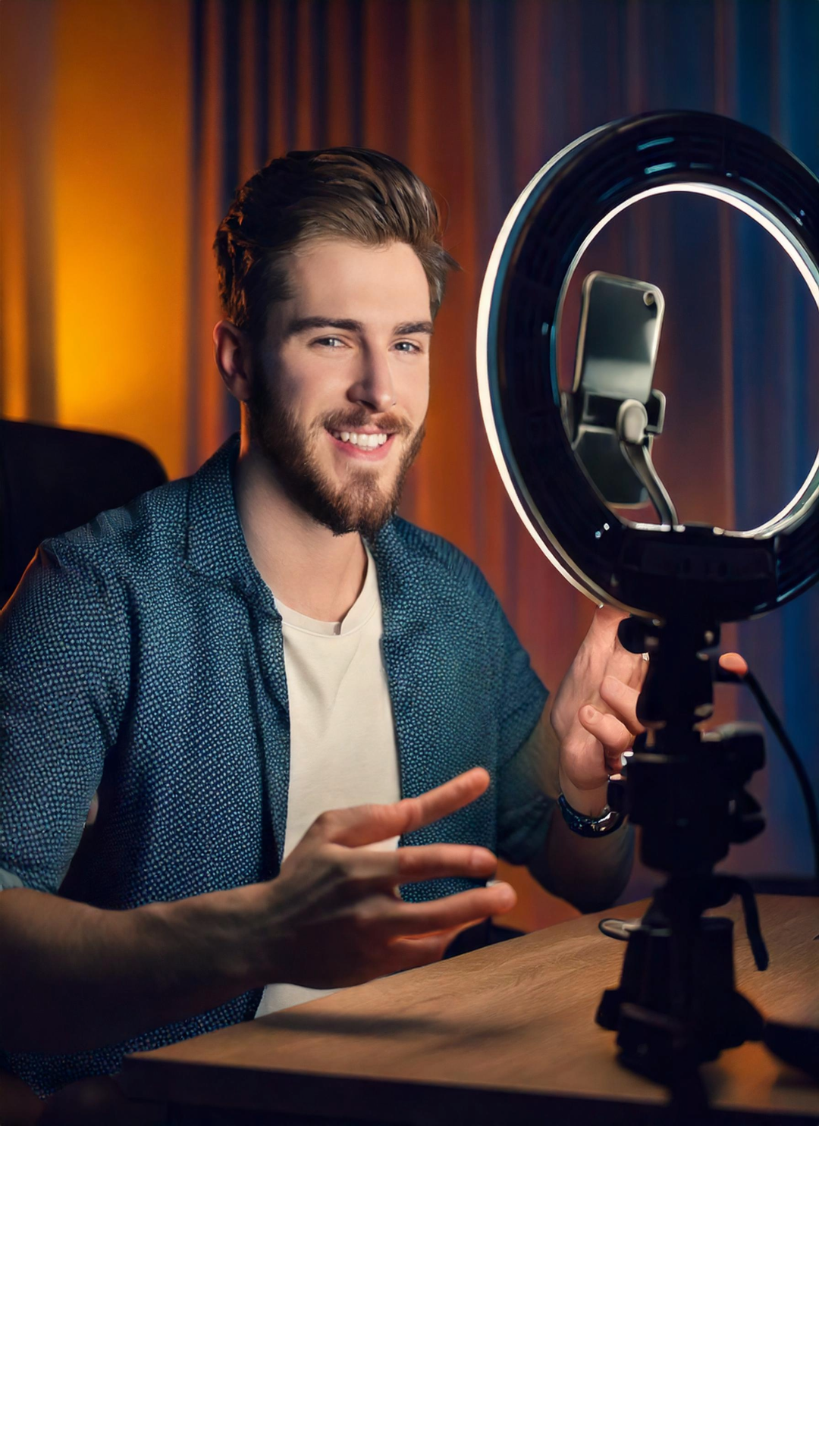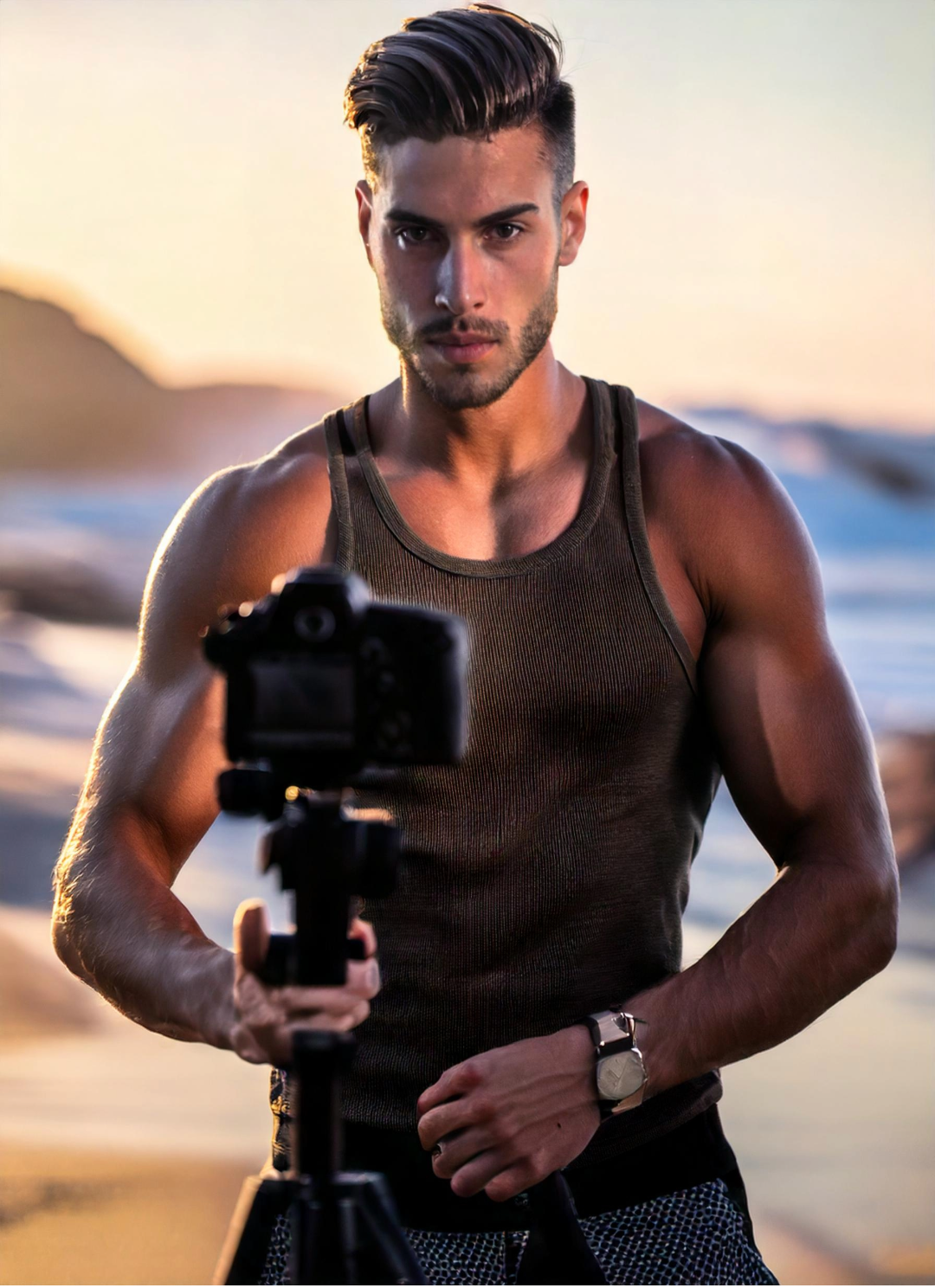The funeral profession, once a domain of hushed tones, solemnity, and tradition, has become fertile ground for the shimmering mirage of influencer culture. What was once a calling to provide comfort and dignity to grieving families is now being broadcast in reels, TikToks, and influencer-sponsored posts, often under the guise of “modernizing the industry.”
But here’s the kicker: the line between genuine innovation and ethically questionable self-promotion has never been blurrier.
The Glittery Facade of Influencer Culture
Influencer culture in funeral service combines two things that should, theoretically, be at odds: the dignity of death care and the relentless self-promotion of social media. At its best, this marriage can help destigmatize conversations about death, inspire new professionals to enter the field, and shine a light on much-needed innovations. At its worst, it’s a Pandora’s box of misinformation, product shilling, and shameless self-aggrandizement.

Take, for example, influencers who champion green burial practices. Done right, these posts can educate people on sustainable options, raising awareness about climate-conscious death care. Done wrong, however, they devolve into clickbait captions like “Save the Planet, Even When You’re Dead 💀🌱,” hawking overpriced biodegradable urns made in sweatshops. The earnestness of the message is diluted by the influencer’s ulterior motive: likes, shares, and affiliate codes.
And then there’s the funeral director turned TikTok star or Facebook celebrity who peppers genuinely helpful advice with memes and questionable relevancy. Sure, they may get the occasional “thank you for your insight” comment, but too often the focus drifts to their charisma rather than their credentials. It’s funeral service reduced to a thirst trap.
The Ethical Black Hole
Legacy media isn’t the bastion of ethics it once was, but at least it had standards—fact-checking, editorial oversight, and accountability. Influencers, by contrast, answer to no one but the algorithm. Want to promote a miracle product that promises to preserve loved ones for eternity? No problem. Need to stir controversy by peddling conspiracy theories about the funeral industry? Go right ahead. There’s no certification process for becoming a “deathfluencer,” which means anyone with a ring light and an opinion can claim expertise.
Even more troubling is how influencers monetize grief itself. Sponsorship deals for caskets, urns, or even “grief recovery programs” abound. While some of these products and services are genuinely helpful, others are exploitative at best, preying on vulnerable audiences during their most fragile moments.
It’s Not All Bad
One trend that is becoming more common is the “Brand Ambassador” programs being set up. A company recruits individuals who embody their values, mission, and culture. A Brand Ambassador is an actual user and fan of the products/services they are representing and provide increased credibility, a broader reach, and much more authentic engagement than an “Influencer.” Brand Ambassadors are typically more deeply integrated into the company’s culture and work long-term, whereas influencers are often engaged only after they have gained popularity online “proving” their value to a company in hopes of eventually being sponsored or compensated monetarily.
Seeing Through the Veneer:
A Strategy for Critical Thinking
So, how do we celebrate the free flow of ideas without drowning in the BS? The answer lies in cultivating a skeptical mindset, one that values critical thinking and research over blind faith in polished posts.

Check Credentials
Is this influencer an experienced licensed funeral director, grief counselor, or industry professional? Or are they just a charismatic personality with a knack for hashtags?

Follow the Money
If a post contains an affiliate link or sponsored tag, scrutinize the product or service being promoted. Research whether it’s widely respected or just the latest trend. Consider the amount of non-funeral items being promoted as well. Clickbait is real!

Cross-Verify Information
Don’t take claims at face value. Look for corroborating information from reputable sources. If an influencer says, “This product is the best,” find independent reviews before buying in.

Engage Thoughtfully
Use the comment sections to ask questions and challenge assumptions. True professionals will welcome the dialogue; charlatans will likely block, bully, or even harass you.

Prioritize Substance Over Style
If the influencer’s content is heavy on aesthetics but light on meaningful information, that’s a red flag. Gravitas, not glamour, should dominate in a field as serious as death care.
The Need for Digital Discernment
The funeral profession deserves innovation and modernization, but it also demands respect and integrity. Influencers have the potential to demystify death, promote inclusivity, and inspire change—but only if they approach their platform with humility and responsibility. For the rest of us, the challenge is clear: celebrate free speech, embrace fresh ideas, but don’t be afraid to call out the nonsense. A discerning mind is the ultimate filter in a world of endless scrolls and empty slogans.
Let’s demand more from those who seek to influence us—especially when the stakes are life, death, and everything in between.
Likes, Lies, and Lamentations: The Rise of Influencer Culture in Funeral Service